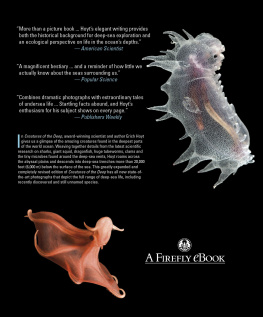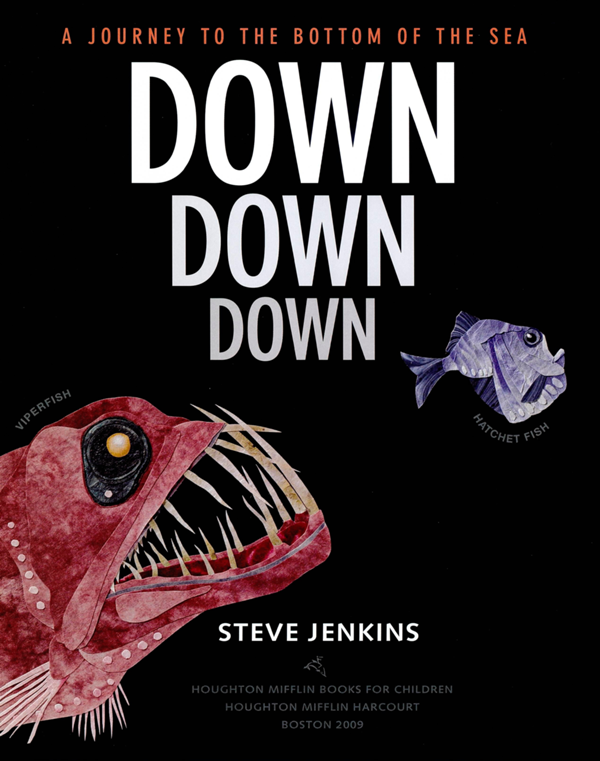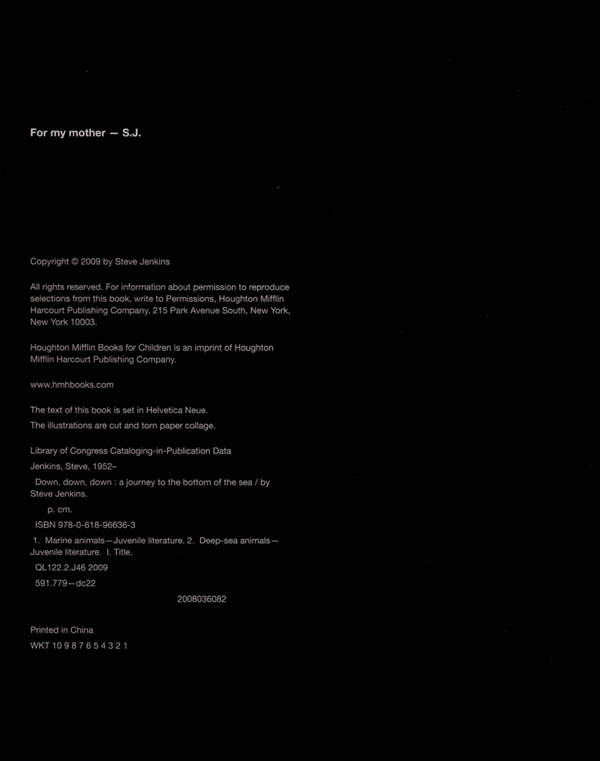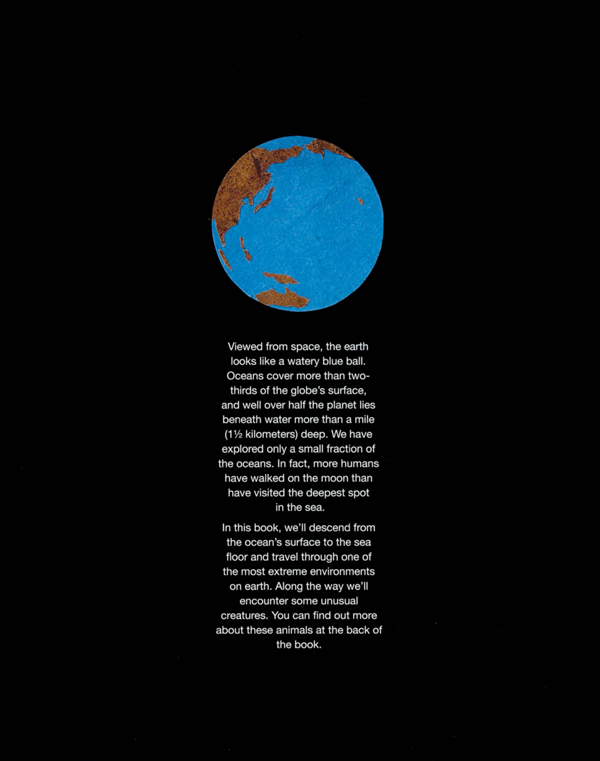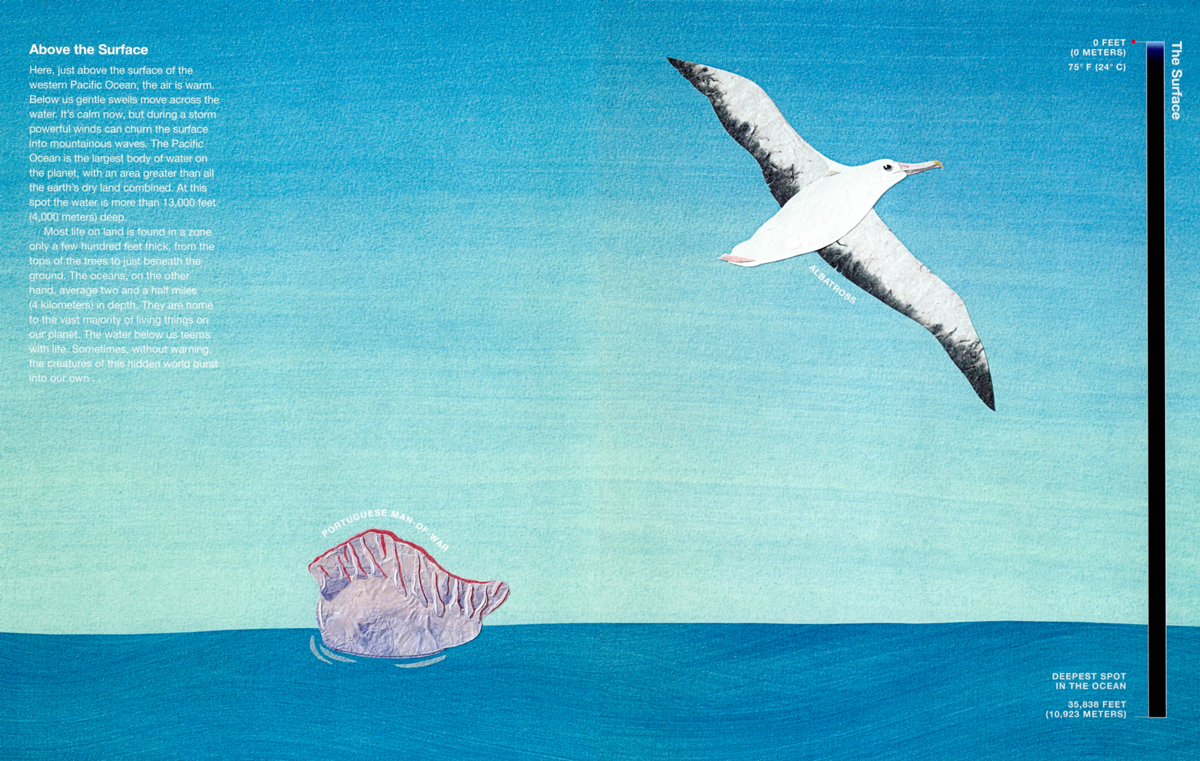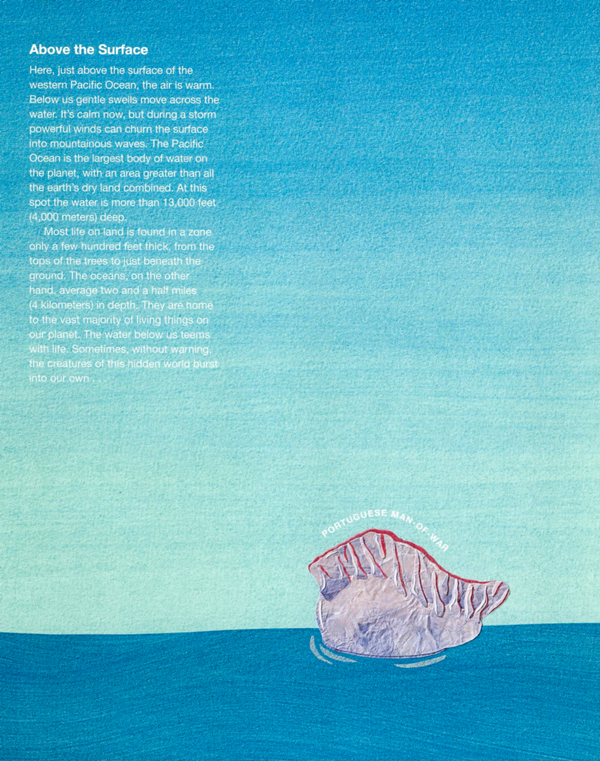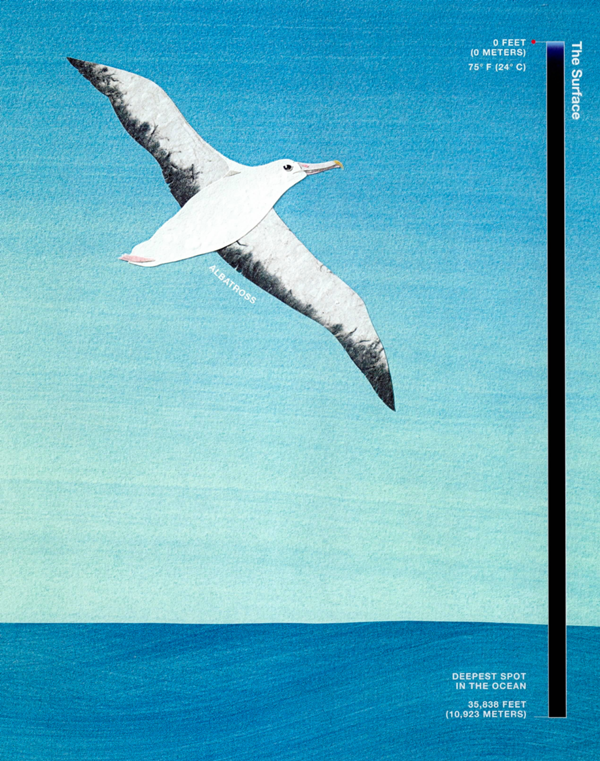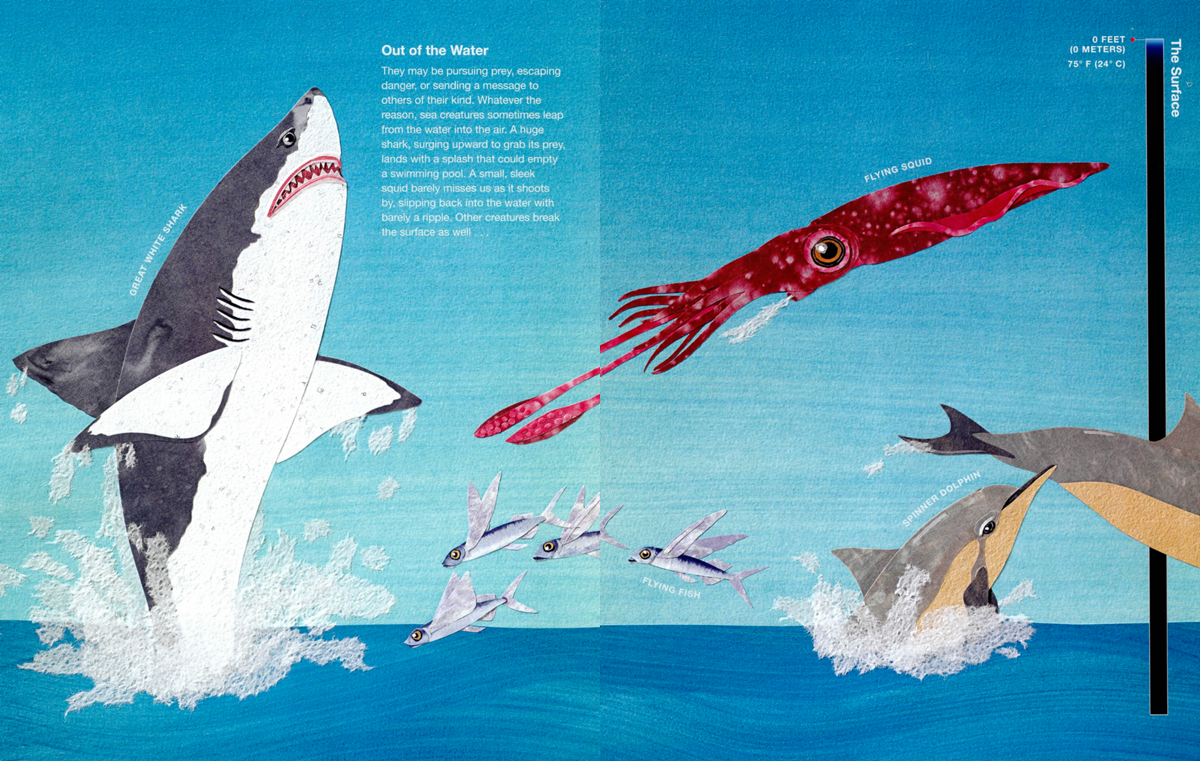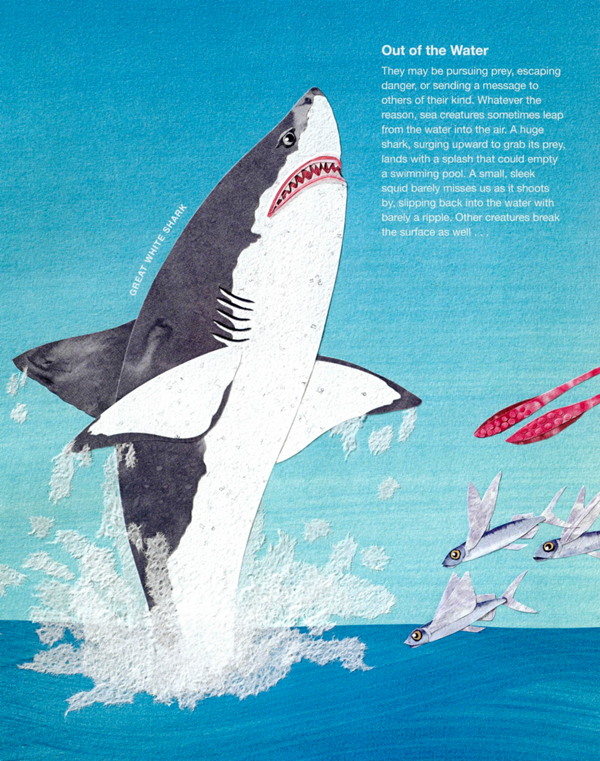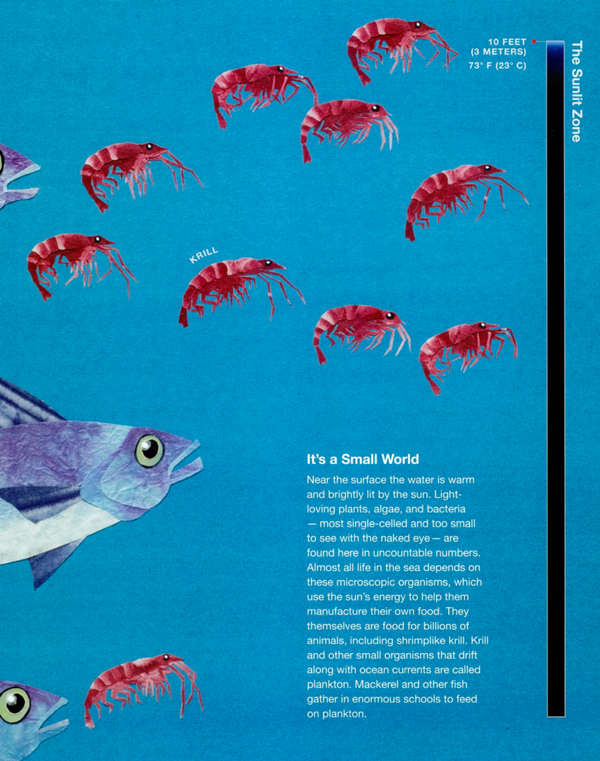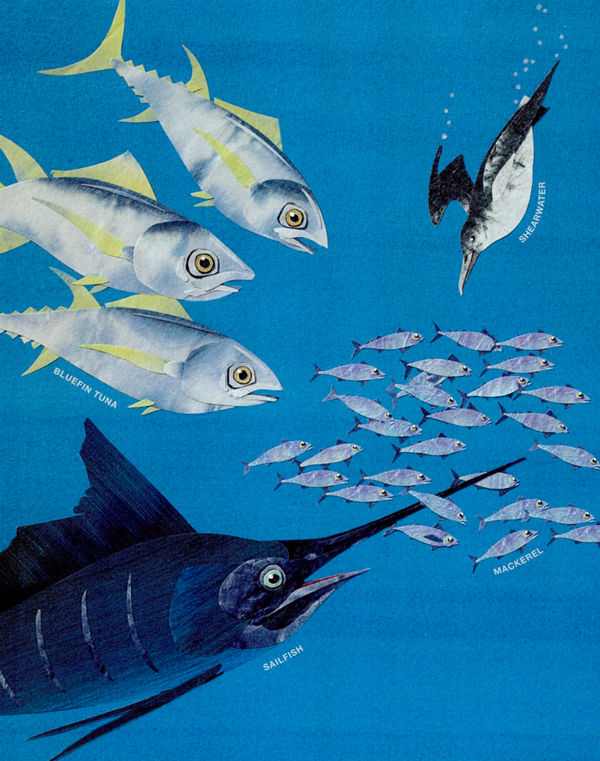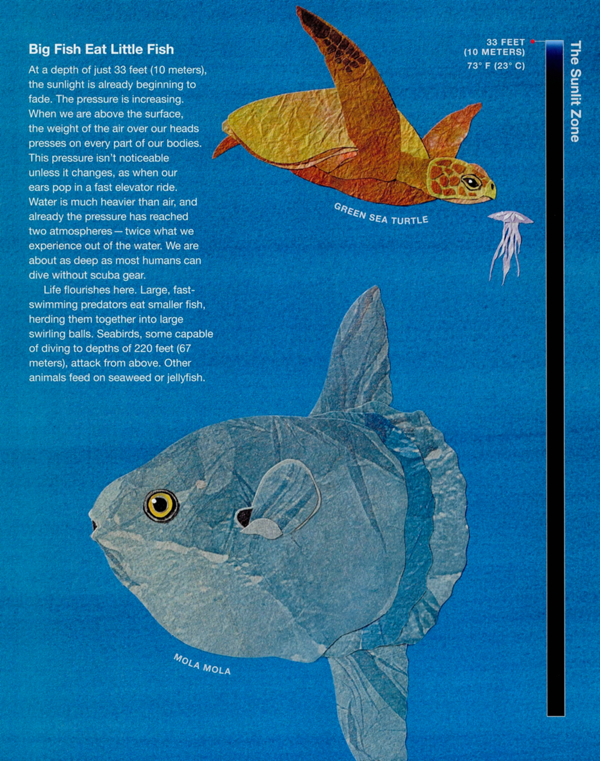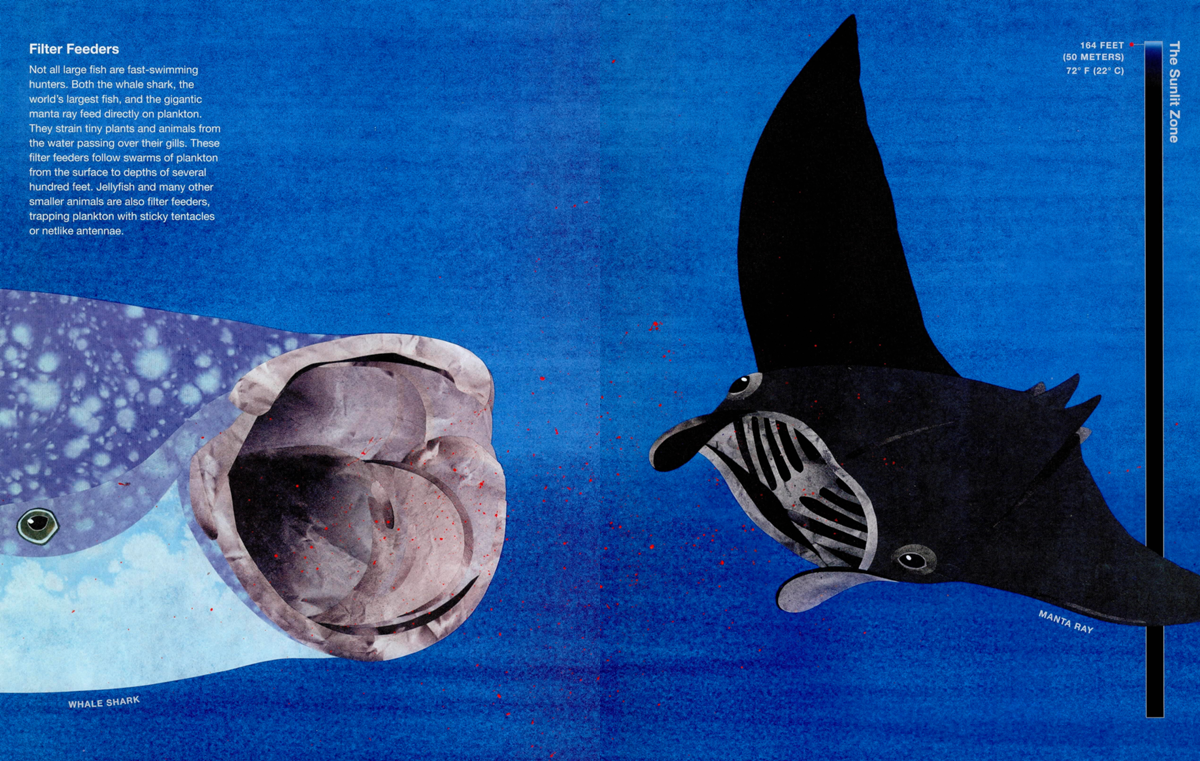Steve Jenkins - Down, Down, Down: A Journey to the Bottom of the Sea
Here you can read online Steve Jenkins - Down, Down, Down: A Journey to the Bottom of the Sea full text of the book (entire story) in english for free. Download pdf and epub, get meaning, cover and reviews about this ebook. year: 2009, publisher: Houghton Mifflin Harcourt, genre: Romance novel. Description of the work, (preface) as well as reviews are available. Best literature library LitArk.com created for fans of good reading and offers a wide selection of genres:
Romance novel
Science fiction
Adventure
Detective
Science
History
Home and family
Prose
Art
Politics
Computer
Non-fiction
Religion
Business
Children
Humor
Choose a favorite category and find really read worthwhile books. Enjoy immersion in the world of imagination, feel the emotions of the characters or learn something new for yourself, make an fascinating discovery.
- Book:Down, Down, Down: A Journey to the Bottom of the Sea
- Author:
- Publisher:Houghton Mifflin Harcourt
- Genre:
- Year:2009
- Rating:5 / 5
- Favourites:Add to favourites
- Your mark:
Down, Down, Down: A Journey to the Bottom of the Sea: summary, description and annotation
We offer to read an annotation, description, summary or preface (depends on what the author of the book "Down, Down, Down: A Journey to the Bottom of the Sea" wrote himself). If you haven't found the necessary information about the book — write in the comments, we will try to find it.
Caldecott Honorwinning Steve Jenkins provides a top-to-bottom look at the ocean, from birds and waves to thermal vents and ooze.
Half the earths surface is covered by water more than a mile deep, but most of this watery world is a mystery to us. In fact, more people have stood on the surface of the moon than have visited the deepest spot in the ocean.
Come along as we travel
down,
down,
down,
from the surface to the bottom of the sea.
Along the way you can see jellyfish that flash like a neon sign, creatures with teeth so big, they cant close their mouths, and even a squid as long as a bus, which battles to the death with a sperm whale, the largest predator on earth.
Itll be a journey you wont soon forget!
Steve Jenkins: author's other books
Who wrote Down, Down, Down: A Journey to the Bottom of the Sea? Find out the surname, the name of the author of the book and a list of all author's works by series.
















